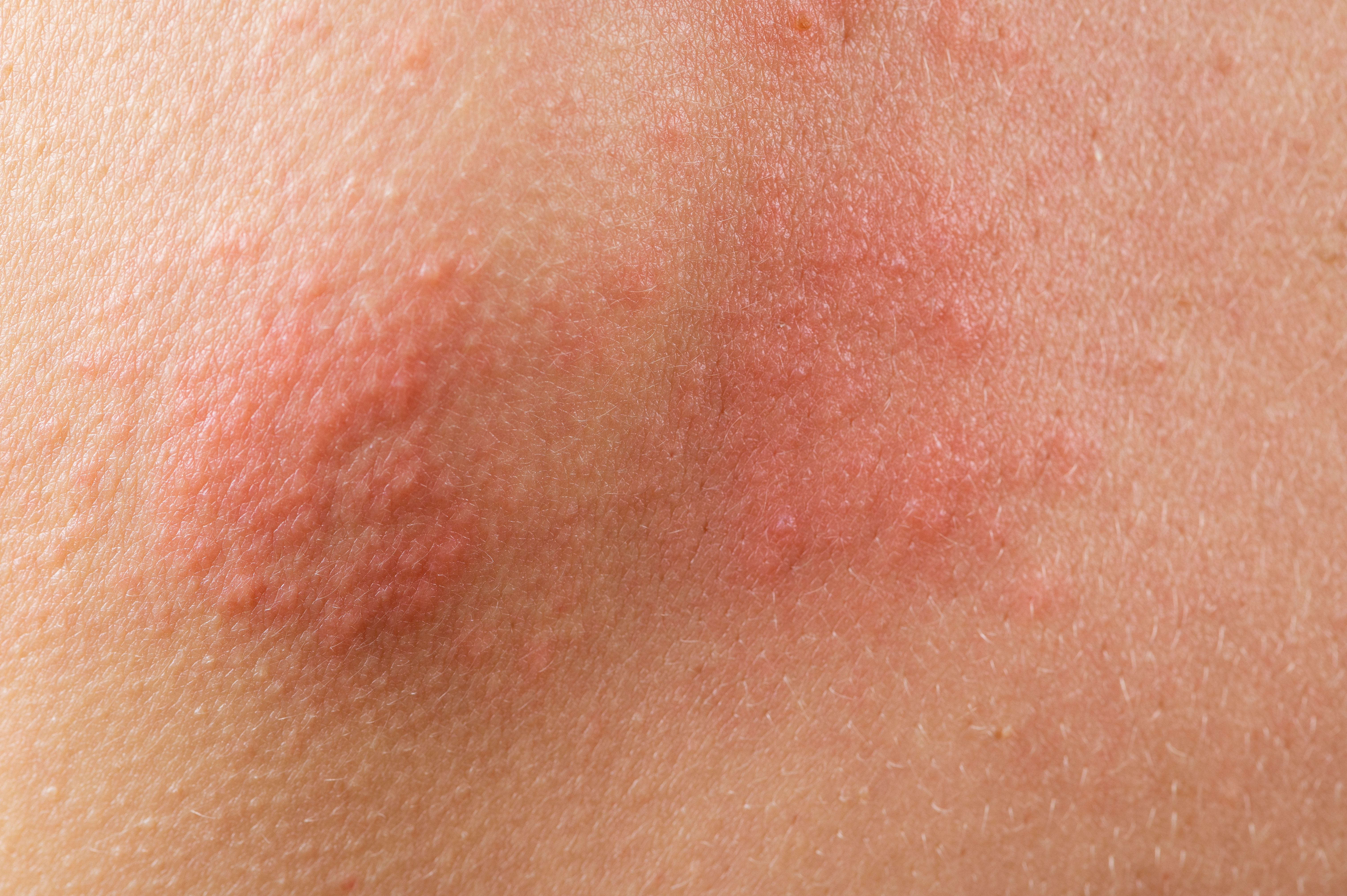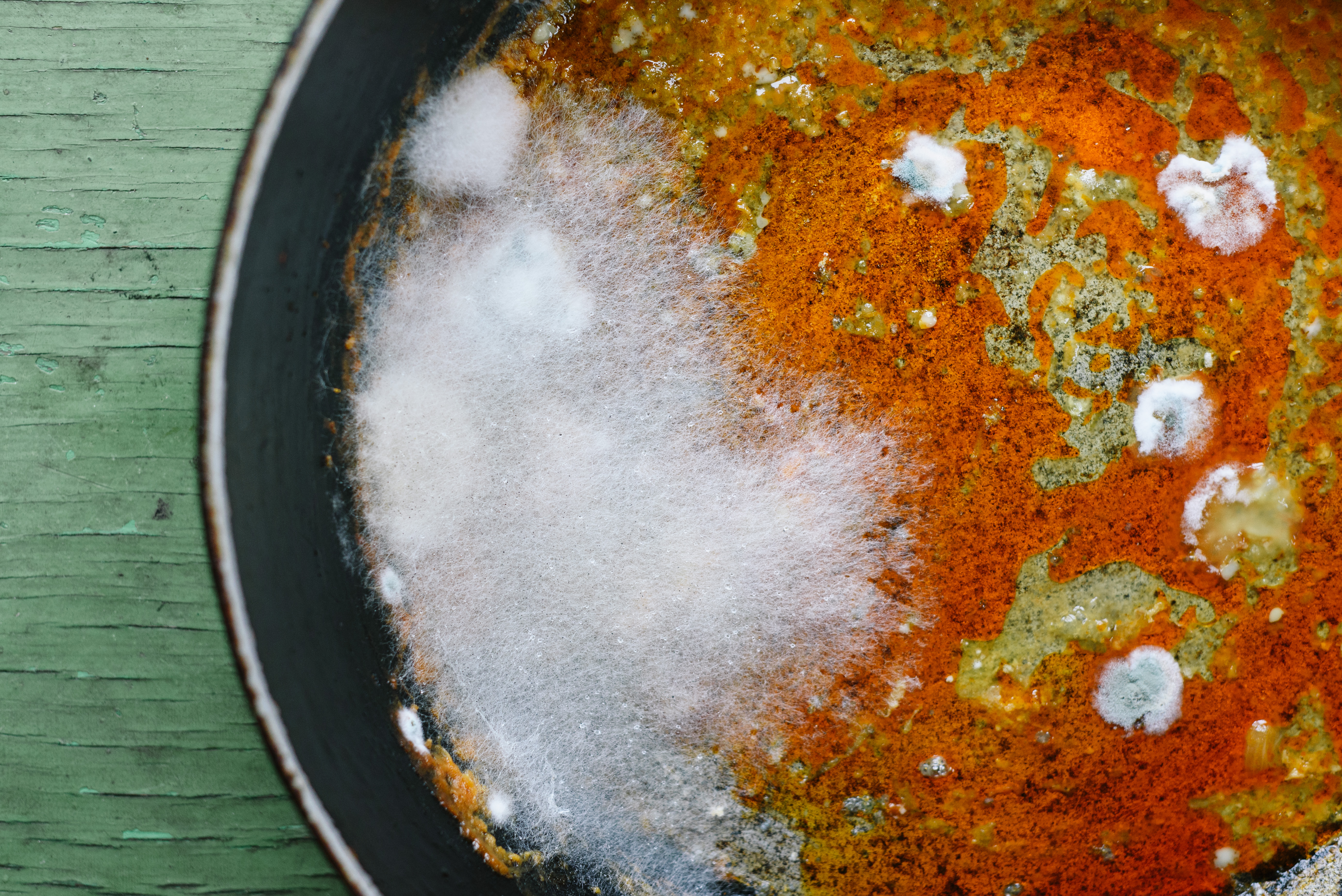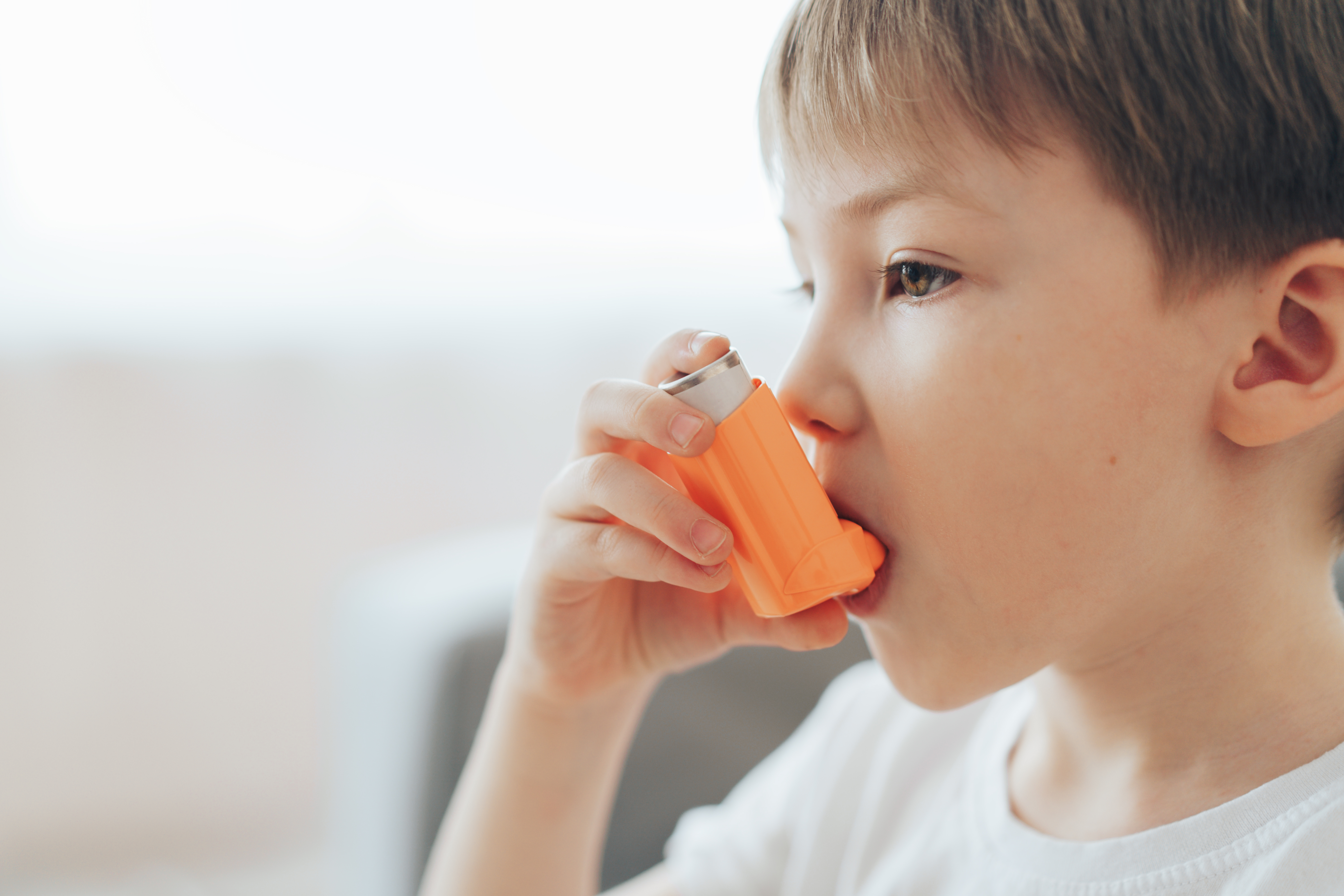How Mold Impacts Your Body
Mold, a silent infiltrator, often lurks unnoticed in our homes and workplaces, quietly impacting our health in ways we may not fully realize. This pervasive fungus thrives in damp, humid environments, releasing spores that can easily become airborne and enter our bodies through inhalation, ingestion, or skin contact. While mold is commonly associated with respiratory issues, its reach extends far beyond, affecting multiple systems within the body. This article delves into the surprising ways mold can infiltrate our bodies and the profound effects it can have, from breathing difficulties to cognitive impairment. Join us as we unravel these top 10 insights into how mold impacts our health.
1. The Respiratory System: Mold’s Primary Target

The respiratory system is often the first victim of mold exposure. When mold spores are inhaled, they can trigger allergic reactions and respiratory distress, particularly in individuals with asthma or compromised immune systems. Symptoms such as coughing, sneezing, nasal congestion, and shortness of breath are common, but chronic exposure can lead to more severe conditions like chronic bronchitis or hypersensitivity pneumonitis. Studies have shown that long-term exposure to mold can even contribute to the development of asthma in children and adults. Understanding how mold affects the respiratory system is crucial, as it often serves as the initial indicator of mold presence in an environment.
2. Skin and Allergic Reactions: The Surface Impact

Mold exposure can also manifest through the skin, causing a range of allergic reactions. Direct contact with mold spores or mycotoxins can lead to skin irritation, rashes, and itching. People with sensitive skin or pre-existing skin conditions like eczema may experience exacerbated symptoms. Mold-related skin issues are often overlooked, as they can mimic other dermatological conditions, making diagnosis challenging. It's important to recognize the signs of mold-related skin reactions, especially in environments known for high humidity and mold presence. Addressing these symptoms promptly can prevent further complications and ensure appropriate treatment.
3. Digestive System: Unseen Consequences

While less commonly discussed, mold exposure can significantly impact the digestive system. Ingesting mold-contaminated food or inhaling spores that are then swallowed can lead to digestive distress, including nausea, vomiting, diarrhea, and abdominal pain. Mycotoxins, toxic compounds produced by certain molds, are particularly concerning as they can disrupt gut flora and compromise intestinal health. Chronic exposure to these toxins has been linked to leaky gut syndrome and other gastrointestinal disorders. Understanding the connection between mold and digestive health is essential for those experiencing unexplained digestive issues, as addressing mold exposure can lead to significant improvements.
4. Mold and the Immune System: A Delicate Balance

The immune system plays a crucial role in defending the body against mold and its toxins. However, prolonged exposure to mold can overwhelm the immune system, leading to a state of chronic inflammation. This constant immune response can weaken the body’s defenses, making individuals more susceptible to infections and other illnesses. Some studies suggest that mold exposure can even trigger autoimmune responses, where the immune system mistakenly attacks healthy cells. Recognizing the signs of immune system compromise due to mold is vital for maintaining overall health and preventing long-term complications.
5. Neurological Effects: Mold’s Impact on the Brain

One of the more alarming aspects of mold exposure is its potential impact on brain function. Mycotoxins can cross the blood-brain barrier, leading to neurotoxicity and cognitive impairments. Symptoms such as brain fog, memory loss, headaches, and mood swings are commonly reported by individuals exposed to mold. In severe cases, mold exposure has been linked to neurological disorders like Parkinson’s disease and multiple sclerosis. Understanding the neurological effects of mold is crucial, as these symptoms can significantly impact quality of life and often go misdiagnosed. Addressing mold exposure can lead to improved cognitive function and mental clarity.
6. Mold and Mental Health: The Emotional Toll

Beyond physical health, mold exposure can take a toll on mental health. Anxiety, depression, and sleep disturbances are frequently reported by those living or working in mold-infested environments. The stress of dealing with persistent health issues and the physical symptoms of mold exposure can exacerbate these mental health challenges. Furthermore, the presence of mold in living spaces often leads to a sense of helplessness and frustration, contributing to emotional distress. Recognizing the link between mold and mental health is essential for providing comprehensive care and support for affected individuals.
7. The Role of Genetics: Individual Susceptibility

Not everyone exposed to mold experiences the same symptoms or severity of health issues. Genetic factors play a significant role in determining an individual’s susceptibility to mold-related illnesses. Certain genetic markers can predispose individuals to heightened immune responses or increased sensitivity to mycotoxins. Understanding these genetic predispositions can help identify at-risk individuals and guide personalized interventions. Genetic testing and awareness can empower individuals to take proactive measures in mold prevention and management, ultimately reducing the risk of mold-related health problems.
8. Mold in the Workplace: Occupational Hazards

Mold exposure is not limited to residential settings; it can also pose significant occupational hazards. Workers in industries such as construction, agriculture, and food processing are particularly at risk due to frequent exposure to damp environments and organic materials that promote mold growth. Occupational exposure to mold can lead to a range of health issues, from respiratory problems to skin conditions and neurological symptoms. Employers and employees must be aware of the potential risks and implement measures to reduce mold exposure in the workplace, ensuring a safe and healthy work environment.
9. Mold and Children: A Vulnerable Population

Children are especially vulnerable to the effects of mold exposure due to their developing immune and respiratory systems. Studies have shown that early exposure to mold can increase the risk of asthma, allergies, and cognitive impairments in children. Mold-related illnesses can also impact a child’s growth and development, leading to long-term health consequences. Parents and caregivers must be vigilant in identifying and addressing mold issues in homes and schools to protect children’s health. Educating families about the risks of mold and prevention strategies is crucial in safeguarding the well-being of younger populations.
10. Prevention and Remediation: Taking Action

Preventing mold growth and exposure is the most effective way to mitigate its health impacts. Regular home inspections, proper ventilation, and moisture control are key strategies in mold prevention. In cases where mold is already present, professional remediation is often necessary to ensure thorough removal and prevent recurrence. Understanding the importance of addressing water damage promptly and maintaining indoor air quality can significantly reduce the risk of mold exposure. Empowering individuals with knowledge and resources for mold prevention and remediation can lead to healthier living environments and improved overall health.
The Path Forward

Mold is a pervasive and often underestimated health threat that can affect multiple systems within the body. From respiratory issues to neurological and mental health impacts, the effects of mold exposure are far-reaching and complex. By understanding the various ways mold can infiltrate our bodies and the potential health consequences, individuals can take proactive steps to protect themselves and their families. Awareness, prevention, and early intervention are key in mitigating the risks associated with mold exposure. As we continue to unravel the mysteries of mold and its impacts, we move closer to creating healthier environments and improving public health outcomes.